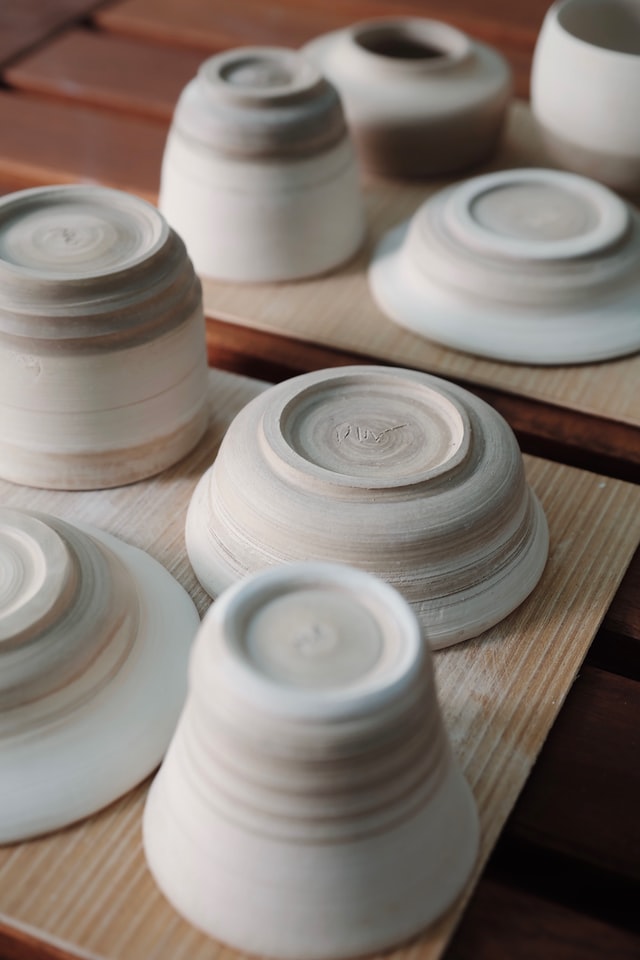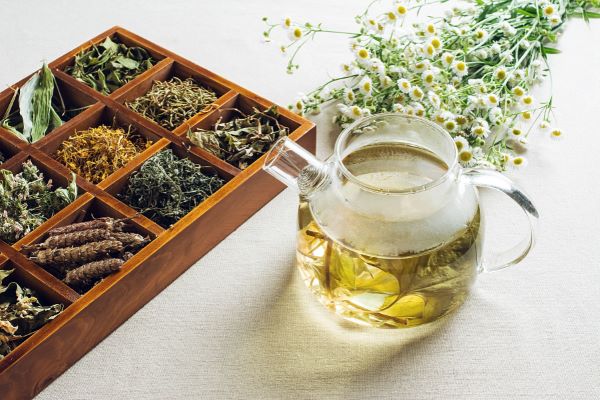Vietnamese Potter And Traditional Pottery
Pottery in Vietnam has been there for generations, maybe since ancient times. Ceramic products, or pottery, are common things that are used in the lives of the Vietnamese, whether as kitchenware or premium decor items.
From 6–7 thousand years ago, the pottery was mentioned in some cultural relics in Hoa Binh, Bac Son. Ceramic products are often seen on the kitchen corner as part of Vietnamese daily life. Today, Vietnamese ceramic items have changed and adopted more of a purpose to serve.

Pottery is made of clay, often having colors of yellow, orange, or beige. These are the original colors before painting and glazing. To complete a ceramic product, the whole process requires much work, from choosing the right clay to filtering and drying. Besides, the artisan is also a decisive factor in determining the value of the product. And since ceramic items are a familiar part of our lives, let's find out more about Vietnamese potters, or ceramists, to understand the magnificence of the traditional profession that helps turn clay into such beautiful artworks.
Vietnamese potters, the ceramic artisans
With pottery, the potter, or ceramist, is the artist. Not only is it about learning the skills, but the artisan also needs to be an experienced person with skillful hands and great creativity. As a result, the products made can speak of uniqueness and attract the attention of those who are interested.
Qualities of a potter
When making ceramic products, a potter needs to use their experiences and emotions to present the idea. They are the ones who bring clay to life, creating products that convey the complexities of Vietnamese culture. Therefore, this profession requires meticulous attention, skillful hands, and a great sense of creativity in many cases.
Therefore, to become a professional potter, or ceramic artist, it will take a long, hard training journey. This road requires patience and passion to pursue the profession.
It is not in a few months or years that one can make perfect ceramic products, and they might not look perfect in the beginning. The potter needs to have a love for it to overcome early difficulties. Furthermore, the artisan must constantly learn and be creative in order to create more and more beautiful products that will satisfy ceramic admirers.
The difficulties of the ceramic artisans
With the industrial development of modern life, many traditional professions are slowly disappearing. Though traditional pottery and ceramic items continue to have a market, artisans face the challenge that mass-produced industrial products will eventually replace traditional ones. However, true traditional artisans do not give up. They continue to put in the work to maintain a great foundation for each product that they produce.
The pottery’s main tasks
Clay choosing
Choosing the right clay is an important step. An experienced potter can easily tell different types of clay apart. Therefore, to ensure that the product reaches the highest standard when finished, the artisan has to choose a suitable clay for certain products. With plenty of years of experience, he or she can pick the good clay with only one look.
Clay filtering
Filtering is the next step needed. This step alone can take several months to ensure the quality of the clay. First of all, the coarse clay and dirt will be soaked in water. In this process, the artisan can use different tools to help with filtering. This process can be repeated many times to help the clay become smoother.
Clay modeling
The next step is sculpting and modeling the clay. The material is placed on a spinning table and shaped into different things. This consists of manual hand movements that are taught in traditional villages.

Drying and burning
After forming, the product is still soft and wet, and it needs to be dried. Previously, products were frequently sun-dried, but this step takes a long time, so people learned to burn them after drying to speed up the process and increase durability.

Glazing
In this step, the pottery item is basically complete. However, extra glazing steps can be taken to turn them into a more beautiful, colorful product. The glaze is only applied after the potter has cleaned the product to ensure it is smooth. There are 3 basic ways of glazing: dipping, pouring, and brushing or hand painting. This is also an important stage that determines the beauty of ceramic items.
Conclusion
Handmade ceramics often have their own unique features; no two products are the same. With a handmade ceramic product, you can feel the skilled hands of the artisan making it. Each product has its own story, encapsulating the artist's heart. And, thanks to the long history of pottery, a potter is not only a craftsman but also a successor to the ancient cultural essence of their ancestors.
Because of those values, let's cherish what belongs to tradition and preserve the beauty of handmade pottery to create a future generation that is grateful for the quintessence of humankind. Prioritizing handmade pottery, or Vietnamese pottery in particular, instead of industrially mass-produced products is one way to contribute to maintaining and preserving that traditional profession.
In Vietnam, there are still many potter villages as well as brands of handmade ceramic items bringing quality ceramic products to the consumer day by day, such as Tu Hu Ceramics, Gốm Đông Gia, Lina Pottery, The Goods, etc. You can easily look for pottery items and ceramic wares from those brands right on CHUS.








